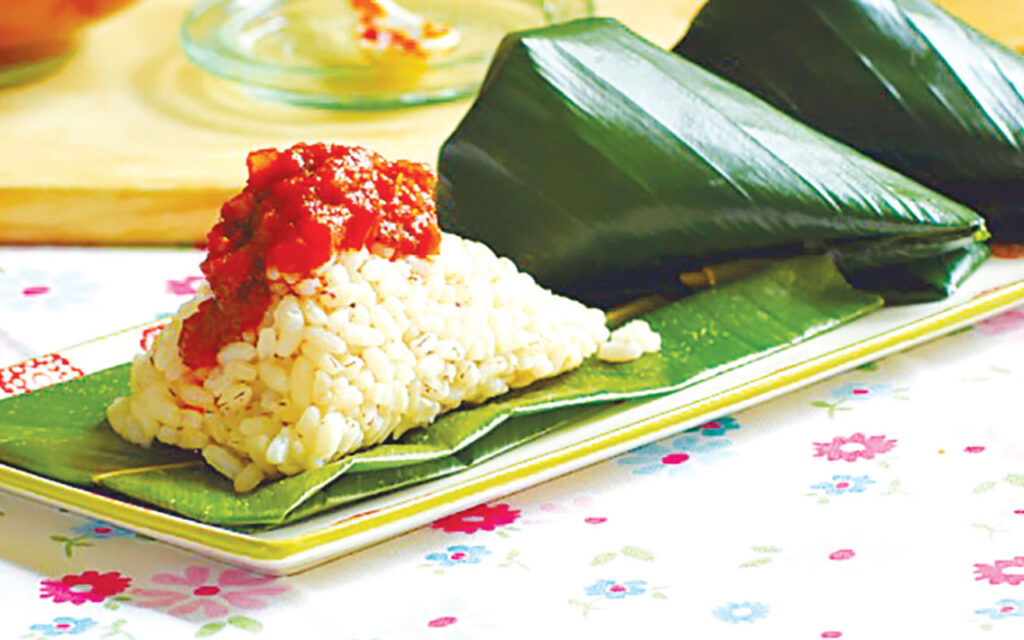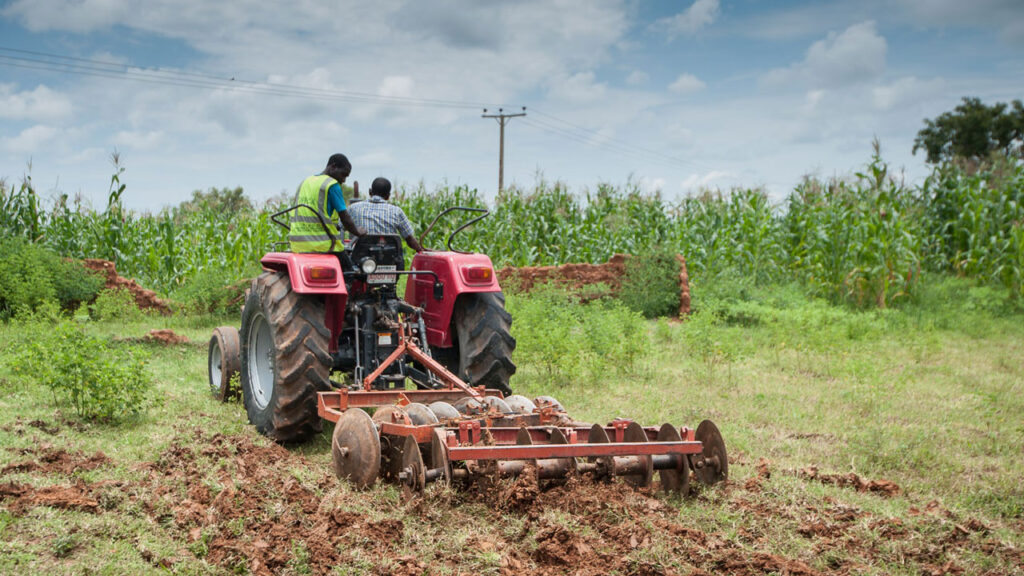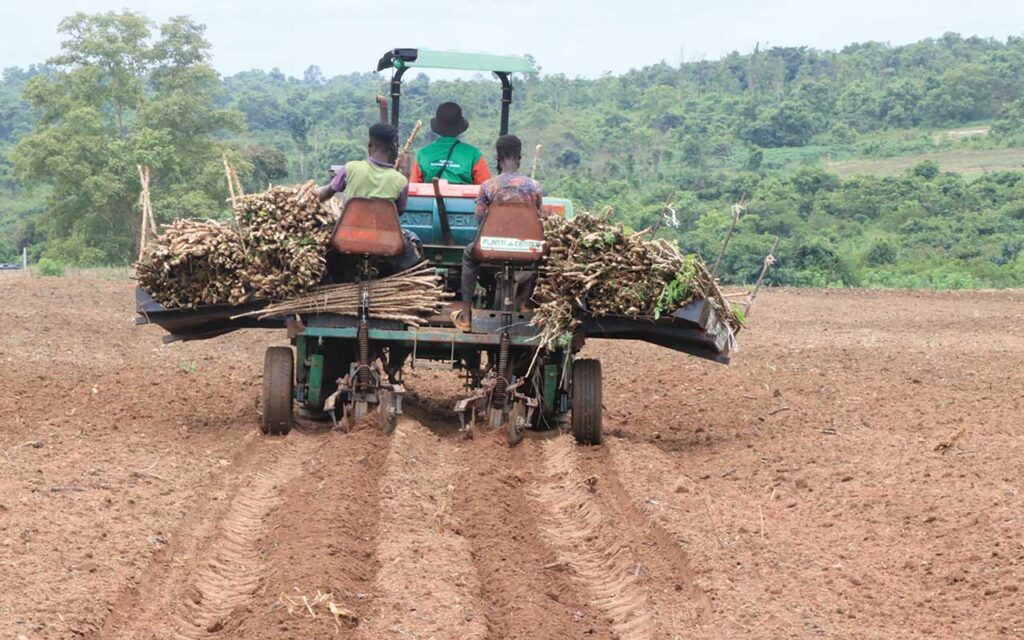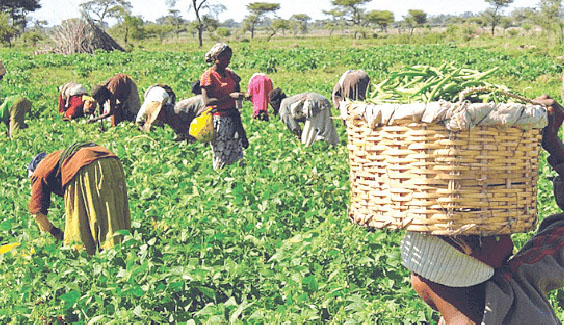 As restaurants, fast-foods and eatery outlets across Lagos seek alternatives to the use of Styrofoam and other single-use plastics, recently banned by the state government, agriculturists have suggestedwrapping leaves as substitute.
As restaurants, fast-foods and eatery outlets across Lagos seek alternatives to the use of Styrofoam and other single-use plastics, recently banned by the state government, agriculturists have suggestedwrapping leaves as substitute.
To bridge the potential economic impact of the ban, the experts say wrapping leaves is not only healthy, but a cheap and nutritive alternative as wraps for all categories of foods.
Last Monday, the state government announced a ban on the usage and distribution of styrofoam, popularly known as ‘takeaway’ and other single-use plastics.
The Commissioner for the Environment and Water Resources, Tokunbo Wahab, who announced this in a statement, said the decision was reached following the menace the single-use plastics, especially the non-biodegradable styrofoam, were causing to the environment.
In a proactive response to the development, a good number of the fast-food chains are encouraging their customers – both walk-in and online orders, to come with their plates, while others are desperately seeking a better and quicker option to make sales.
The Chief Executive Officer, Renee Golden Multiventures, Lagos, AdenikeApeji, described the option of embracing wrapping leaves as fantastic, healthy and more nutritive alternative.
She said: “That’s why it is healthier to eat moinmoin in leaves than nylon or plastic container or even aluminum plates. The leaves are also used to for Ofada rice.
“As a matter of fact,leaves are already in use, as health conscious individuals are already using them as wraps for amala, eba, rice to mention but a few. The nutrients in the leaves too get to leach into the food,which is an added advantage
The use of wrapping leaves is an age-long tradition of preserving food with fresh leave. The two leaves, commonly called Ewe Eran (ThaumatococcusDanielli) and Ewe Gbodogi (MegaphryniumMacrostachyum) are of two different plant species, which are commercially exploited by local farmers and traders. In Igbo, they are called Uma leaves.
Though some local users could identify the two leaf types, many do not see any difference as both look much alike and practically serve the same purpose, mainly for wrapping of foods and other items.
The leaves are two important African genera of Marantaceae, a family of perennial, understorey herbs from the Zingiberales order of flowering plants, which are widely distributed in rainforest and coastal areas of West and Central Africa, but have also been introduced to Australia and Singapore.
Each leaf grows individually on a stalk from the ground, rather than on a stalk with multiple leaves as one might expect.
Research shows that whether cultivated or in the wild, the leaves contribute to the economy of the rural people in the southern parts of the country, through its stalks, leaves, fruits and rhizomes.
It was learnt that the economic, nutritional and medicinal potentials of the non-timber forest produce are yet to be fully explored. For instance, in areas where the plant thrives, the leaves are used to wrap foods and the stalks to thatch houses. It was learnt that the leaves could be used as a non-wood fiber source and in animal feeds, an area that is yet to be explored.
The plant grows three to four meters in height, and has large, papery leaves up to 46 centimeters long. In its native range, the plant has a number of uses besides flavoring. The sturdy leaf petioles are used as tools and building materials, the leaves are used to wrap food, and the leaves and seeds have a number of herbal uses.
It can be deduced from the phytochemical analysis that the leaves are rich in flavonoid, alkaloids, saponin, tannin anthraquinones, and steroid. Therefore, in addition to its popular use for wrapping foods, the plant could also be used in phytomedicine, potherbs, animal feed and in food processing industries.
These leaves are good for wrapping food items for cooking such as moinmoin (bean pudding), Ogi (corn starch), eko (steamed corn starch), Ofada rice, adun, fufu, eba, amala, pounded yam, and ebiripo. It takes skill to put the bean paste into the carefully folded leaves, and ensure that when the wrap is placed in a pot to steam, it doesn’t leak.
From research, moinmoin cooked with leave wrapper tastes better than one made with foil, milk tin, nylon, aluminum cups and other wrapping materials.
Aside the flavour, it also extends the shelf life of food. From The Guardian research, eko can remain fresh inside leave wrapper for as long as seven days, but when wrapped in nylon, it hardly takes four days before the colour changes.
The fact that these leaves contain a sweet protein called thaumatin, explains why foods steamed in them taste better.
Unknown to many, it is a money-spinner as an export commodity, based on high demand in the international market. The Guardian learnt that the leaves are in high demand in the United Kingdom, USA and other countries, a window of opportunity, which agro commodity exporters have been exploiting.
With this array of advantages and potentials, experts and nutritionists are of the opinion that the leave would serve as one of the suitable alternatives to the ban of the styrofoam and single-use plastics. They added that the adoption would also boost the income of farmers as more demands for the leave would come their way.
Apeji however, said its handling process also matters. “Cleaning and proper handling process of the leaves matters a lot, though it requires just simple washing or cleaning and handling to avoid recontamination.
On her part, a Public Health Nutritionist Consultant, Dr. Oluwakemi Mercy Anjorin, who said there are pros and cons to the suggestion, said the leaves seem better for home use and maybe family parties.
“But on commercial scale, a lot of research will need to go into its functionalities. My friend that uses for making moinmoin for her children will first wash it with soap and water and store in the freezer. How many commercial handlers can do that?”
Dr. Anjorin noted that there are concerns of microbial contaminants with the use of the leaves, “There is also the issue of durability, it dries out during harmattan. So, it may not be appealing to customers. Another disadvantage is that since it is leaves, it is perishable because it has limited storage life.”
A farmer, based in Abalabi, Ogun State, Adeolu Olaitan, said for the leaves to serve the intended purpose, there’s need to encourage more farmers to go into its cultivation, as many have deserted its farming due to its unprofitability.
He added that other factors responsible for the gradual disappearance of the plants include low genetic variation, compared to other plants, increased mortality rate, slower growth, development instability and greater susceptibility to disease.
Olaitan, who expressed worry that if urgent steps are not taken to preserve the plant, it might go into extinction, called for conservative measures by government and other stakeholders, towards preserving the leaves.












